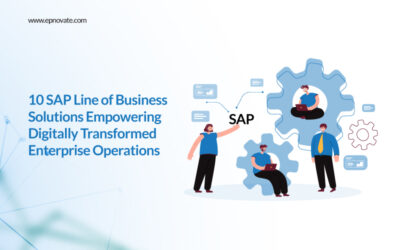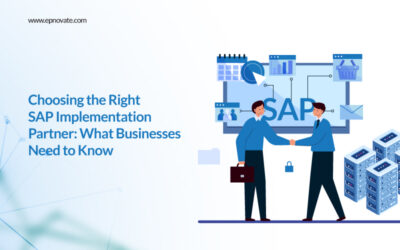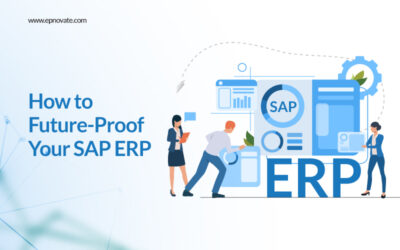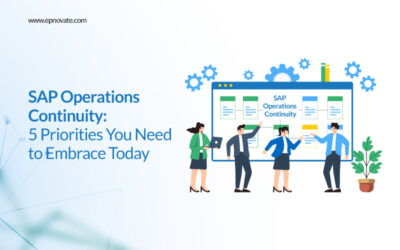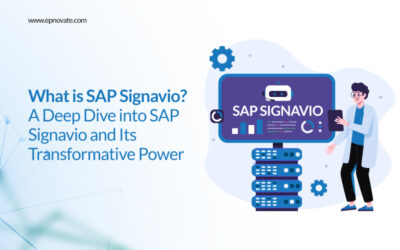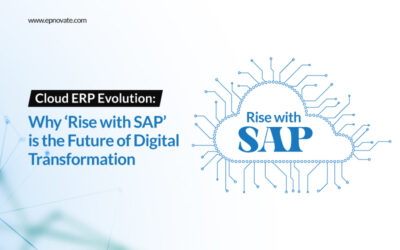SAP’s Approach to Cybersecurity in the Era of Digital Transformation
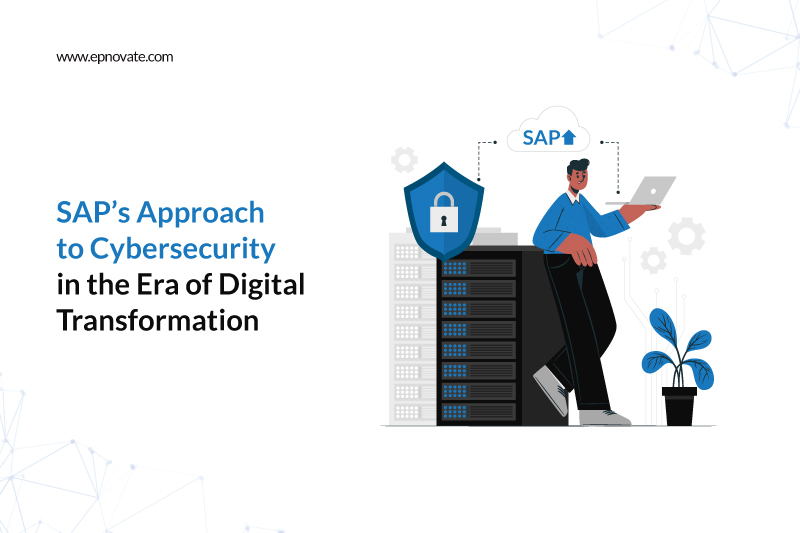
Today, businesses are adopting cloud computing, IoT, and interconnected systems to remain competitive. This digital transformation enhances efficiency and innovation and broadens the scope of cyber threats.
In the digital transformation era, cybersecurity is a defensive measure and a vital shield safeguarding sensitive data, customer trust, and operational continuity.
Importance of Cybersecurity in Digital Transformation
Digital transformation fundamentally changes how businesses operate. Here’s why robust cybersecurity measures are essential:
Protecting Sensitive Data
Digital transformation generates vast amounts of data, from customer information to critical business processes. Cybersecurity ensures that this data is secure and maintains confidentiality and integrity.
Adapting to Evolving Threats
Cyber threats like ransomware and phishing are becoming more sophisticated. Proactive cybersecurity strategies, such as real-time monitoring, ensure businesses stay one step ahead.
Ensuring Regulatory Compliance
Global regulations like GDPR mandate stringent data protection. Cybersecurity frameworks align businesses with compliance requirements, avoiding legal penalties.
Preserving Business Continuity
A robust cybersecurity plan prevents operational disruptions caused by cyberattacks, ensuring seamless business operations.
Securing IoT and Interconnected Systems
As IoT devices proliferate, each device becomes a potential entry point for attackers. Cybersecurity protects these ecosystems, minimizing vulnerabilities.
Building Stakeholder Trust
Customers and partners trust businesses prioritizing cybersecurity, bolstering their reputation in the digital age.
The Challenges of Cybersecurity in Digital Transformation
Despite its importance, cybersecurity in the era of digital transformation faces significant challenges:
- Increased attack surfaces due to interconnected systems.
- Rapidly evolving threat landscapes.
- Integration of legacy systems with modern technologies.
- Limited cybersecurity expertise within organizations.
SAP’s Cybersecurity Philosophy and Objectives
SAP’s approach to cybersecurity emphasizes proactive measures, innovation, and collaboration. Its primary objectives include:
- Protecting critical business data and processes.
- Ensuring regulatory compliance.
- Enhancing customer trust and satisfaction.
Key Elements of SAP’s Cybersecurity Framework
SAP Secure Development Lifecycle (SAP SDL)
SAP SDL integrates security into every stage of software development, ensuring applications are resilient against vulnerabilities.
SAP Cloud Security and Data Privacy
SAP employs robust security protocols for its cloud services, providing end-to-end data encryption, advanced firewalls, and regular audits to protect sensitive information.
Identity and Access Management (IAM)
SAP IAM solutions enforce multi-factor authentication and role-based access controls, ensuring only authorized users can access critical systems.
Threat Detection and Monitoring Solutions
SAP’s cybersecurity framework includes real-time threat detection powered by AI and machine learning. These solutions identify and mitigate potential risks before they escalate.
Advanced Security in SAP S/4HANA
SAP S/4HANA offers built-in security features such as data encryption, anomaly detection, and advanced analytics, making it a robust platform for businesses embracing digital transformation.
Cybersecurity Best Practices Promoted by SAP
SAP actively encourages its customers to adopt the following best practices:
Regular Software Updates and Patches
Timely updates are critical to addressing emerging vulnerabilities and ensuring systems remain secure.
Security Training and Awareness Programs
Educating employees on cybersecurity practices reduces risks from human errors.
Data Encryption Standards and Backup Procedures
Encrypting sensitive data and maintaining regular backups ensures business continuity in case of data breaches.
Future of Cybersecurity with SAP
SAP innovates by integrating AI, machine learning, and quantum computing into its cybersecurity offerings. Future advancements focus on predictive threat intelligence and seamless integration of security protocols into digital transformation strategies.
Conclusion
Cybersecurity is a cornerstone of successful digital transformation. SAP’s comprehensive approach ensures businesses can navigate this new era securely and confidently. With solutions like SAP S/4HANA, cloud security, and IAM, SAP empowers organisations to protect their assets and achieve operational excellence.
Investing in SAP’s cybersecurity solutions and SAP upgrade services through a trusted SAP development company ensures businesses remain secure while embracing digital transformation. This proactive approach builds resilience and a competitive edge in the ever-evolving digital landscape.
Recent Posts
- 10 SAP Line of Business Solutions Empowering Digitally Transformed Enterprise Operations
- Choosing the Right SAP Implementation Partner: What Businesses Need to Know
- How to Future-Proof Your SAP ERP
- SAP Operations Continuity: 5 Priorities You Need to Embrace Today
- Introducing The First-of-Its-Kind SAP HANA Community Cloud
